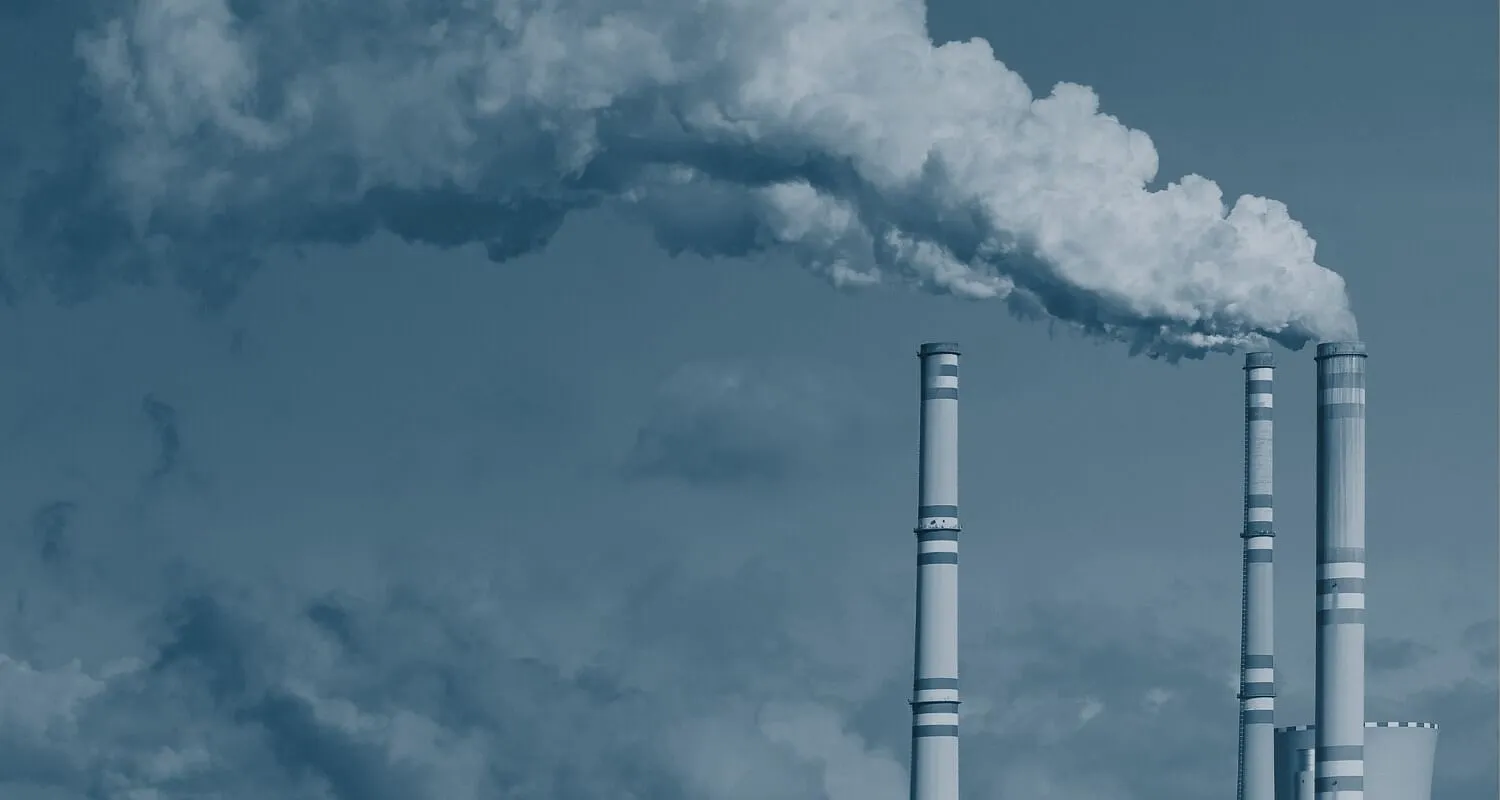Our environment is in a continuous stress due to innumerablethreats posed by natural and anthropogenic pressures. The air we breathe isnoxious due to toxic pollutants and tobacco smoke and are one of the greatestrecognised environmental problems poisoning human and other life forms. Theburning of fossil fuels, wood and environmental waste, tobacco smoke, vehicularpollution, industrial emissions, dusty roads, agricultural activities,biological molecules, and air conditioner gases are other important sources ofair pollutants. Kashmir valley is not an exception to these sources and airquality here has also deteriorated to a large extent putting people at agreater risk of pollution related and tobacco consumption diseases and deaths.Air pollution either outdoor (ambient air pollution) or indoor (household airpollution) is a “global health hazard’ and a “silent (invisible) killer”declared by WHO – the world watch dog of health. Therefore, poor air qualitykills people indiscriminately, however, the air quality index based on theconcentration of some major air pollutants varies greatly among the countries,being poorest in low and middle income countries.
Evidences have accumulated over the period of time that airpollution may be damaging every cell, tissue and organ in the human body. Thevarious air pollutants in ultra-filter form are an ultimate cause of severesystemic inflammations and disorders while being transported by the bloodstream through the body. Some of the prominent disorders reported are braindiseases (dementia, strokes, reduced intelligence), poor sleep, type 2diabetes, liver problems, brittle bones, heart ailments (mainly heart attacksdue to narrowing of arteries and weakening of muscles), lung diseases (asthma,emphysema, lung cancer), severe fertility problems, miscarriage, teratogeniceffects, skin damage, allergies, etc. However, it is not only humans which aresusceptible to the harmful effects of air pollutants, but plants and animalsare equally affected by the air pollution. Overall, the direct and indirecteffects on all ecosystems by air pollutants ultimately influences thefunctioning of whole flora and fauna although man is concerned only forhimself.
Let us know how air pollution including tobacco smoke are aninvisible and silent killers. Every year air pollution causes 1. 4 milliondeaths from stroke, 2.4 million deaths due to cardiovascular diseases, and 1.8million deaths due to lung diseases and cancer. As per the WHO statistics, nineout of ten people breathe polluted air, is the major cause of non-communicabledeaths in human (fifth leading cause of human death) and has shortened lifeexpectancy on an average by 20 months around the globe. Worldwide 4.2 milliondeaths per year result alone due to outdoor air pollution. The indoor pollution(household exposure to smoke due to burning of wood, coal, charcoal, biomassetc.) cause 3.8 million deaths every year. Further, tobacco smoke is the worstform of indoor air pollution in recreational areas, work places and residentialareas and on average causes around 8 million deaths/year. It contains thousandsof chemicals, significant number of them are toxic, cause chronic respiratorydiseases and some are known cause of lung cancer in human. Undoubtedly smokingkills but not everyone who smoke. There is evidence that half of the users oftobacco get killed and three fourths of these deaths happen in low and middleincome countries alone.
This year much is going to happen worldwide to findsolutions for making air cleaner and healthier. First to happen is the “worldno tobacco day” on 31st May to raise awareness about the tobacco use and itsharmful effects on the human health. This year’s focus is on “tobacco and lunghealth”. Although smoking is the single biggest lifestyle factor affectingdevelopment of lung cancer, toxic air due to air pollution is also stronglylinked to its development. Therefore, air pollution together with tobacco smokeare one of the biggest public health threats responsible for heaviest humandeaths (average of 7 million & 8 million deaths/year respectively). Thenext to follow will be “world environment day” on 5th June this year will becelebrated with the theme of air pollution and will urge governments,communities, industries and individuals to put in place the concrete solutionsfor improving the air quality worldwide. It will be followed by celebration of”clean air day” on 20th June as a global action plan.
So what we need or what can we do to breathe healthy air. Weneed best policies, regular public awareness programmes, timely action plans,working initiatives and positive follow ups to reduce or minimise air pollutionand discourage tobacco use at every level. We should shift to more use ofrenewable sources of energy, electric cars, prefer walking and cycling overfossil fuel burning transport to lessen the burden of toxic air pollutants. Ourroads badly need green muffler (rows of trees on sides) to safeguard ourenvironment from dangerous effects of pollutants. Further, our responsibility shouldalso be to plant more trees in residential areas and open fields to improve theair quality for a better health and balanced ecosystem functioning. In thisdirection, everyone has a role and responsibility to ensure clean, fresh anddisease free air for every living organism.
The writer teaches Zoology at the Islamia College of Science& Commerce, Srinagar.






